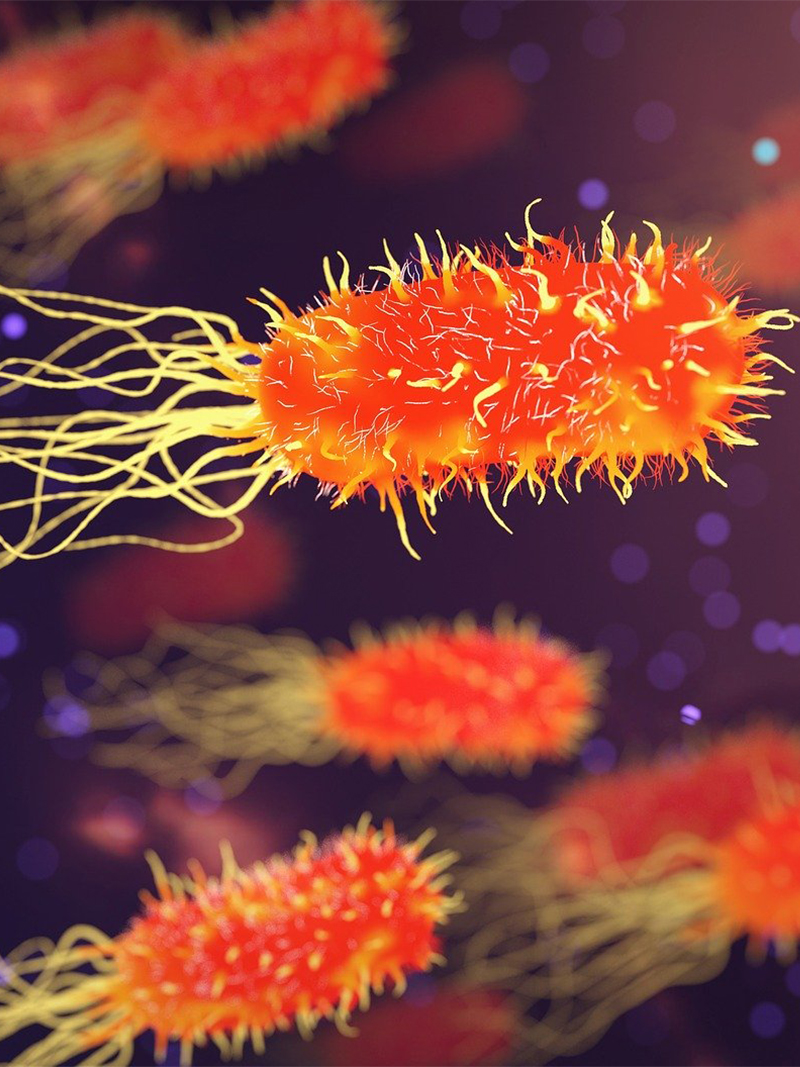
Method for assessing the viability of viruses with lymphotropism
No country in the world can boast a 100% accurate blood screening program.
According to the World Health Organization (WHO), the risk of infection with Hepatitis B, C and HIV from donor blood is less than .02% in developed countries, while this same risk can exceed 3.5% in developing countries.
Our patented method for assessing the viability of lymphotropic viruses offers a new tool for solving this problem.
Both of the leading methods, polymerase chain reaction (PCR) and enzyme-linked immunosorbent assay (EIA), have serious drawbacks.
Both require the presence of a fairly large number of antibodies or viral particles in order to deliver a conclusive positive result.
When concentrations are below the threshold of detection for EIA and PCR, the result can be a false negative (meaning that the virus is present in the blood but at a concentration below what traditional methods can identify).
This leads to diagnostic errors, which are unacceptable in a blood screening program.
The proposed method was developed over a decade by a team of academic and technical experts.
Both reliable and simple to use, the proposed method for assessing the viability of lymphotropic viruses is based on an innovative testing algorithm that delivers accurate results by detecting lymphotropic viruses at concentrations, or titers, lower than the threshold of detection for the PCR method.
Patents for the method have already been obtained from the European Patent Office (EPO), the United States Patent and Trademark Office (USPTO), the State of Israel Patent Office, the Companies and Intellectual Property Commission of the Republic of South Africa, the African Regional Intellectual Property Organization (ARIPO), and the Eurasian Patent Organization.
- The method requires no additional equipment purchases, since the equipment available in any diagnostic lab is sufficient;
- Likewise, there is no need for training or on-site consultations with the developers. PCR lab technicians can simply read the manual and apply the method;
- Target cells are readily available and inexpensive lymphocytes from healthy donor blood (no expensive cell cultures need to be purchased);
- The method detects the viability of Hepatitis B (HBV), C (HCV) and HIV even after long-term storage or processes that inactivate these viruses.
Method for assessing the viability of the lymphotropic viruses HBV, HCV and HIV:
how it works
The method for detecting and assessing the viability of these viruses is based on their lymphotropism – the ability of HBV, HCV and HIV to enter and persist in the lymphocytes of an otherwise healthy person.
Note: When we speak of tropism among microorganisms, we are referring to their selective ability to reproduce only in certain tissues of the host organism. Since HBV, HCV and HIV reproduce in the host’s lymphocytes, they are called lymphotropic.
When we say that a microbe is persistent, we mean that the human body’s immune response allows the microbe to survive, or persist, in the body undetected until a sudden weakening of the immune system allows it to reproduce and cause disease.
The proposed method is capable of detecting lymphotropic viruses in biological substrates with a low concentration of viral particles, assessing their viability and preventing the false-negative results that are characteristic of EIA and PCR testing.
- First, a lymphocyte suspension is obtained from the blood of a healthy donor;
- The lymphocytes are mixed with the biomaterial being tested (blood plasma or serum being tested for viral pathogens).
Certain process parameters concerning the medium and incubation must be observed;
- When the biomaterial is incubated with a suspension of healthy lymphocytes, any viruses present in the biomaterial will infect the cytoplasm of these lymphocytes;
- The lymphocytes are then concentrated in a centrifuge, frozen and destroyed;
- The cytoplasm obtained from these lymphocytes is subjected to EIA and PCR testing.
This process increases the viral titer (the concentration of viruses per unit of suspension) to above the threshold of detection for the EIA and PCR methods.
Once the viral titer is increased, both EIA and PCR can reliably detect infections in donor blood containing low concentrations of antibodies or antigens.
This prevents false-negative EIA and PCR results when testing donor or patient blood for HBV, HCV or HIV.
Patent information:
1. European Patent Office – EP2818558A1
2. Eurasian Patent Office – EA032036B1
3. Israel – IL235962D0
4. China – CN105765064B
5. USA - US9879329B2
6. USA - US9957579B2
7. USA - US10570466B2
8. USA – US9873922B2
9. UAE - US9879329B2
Other inventions: